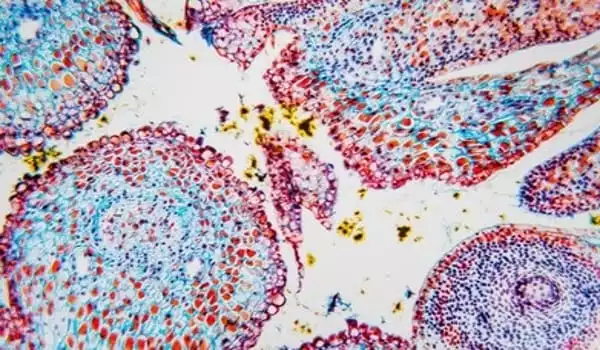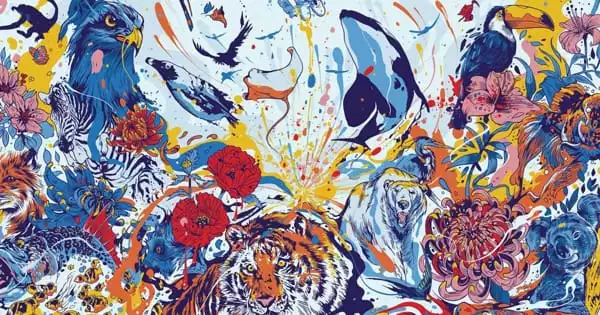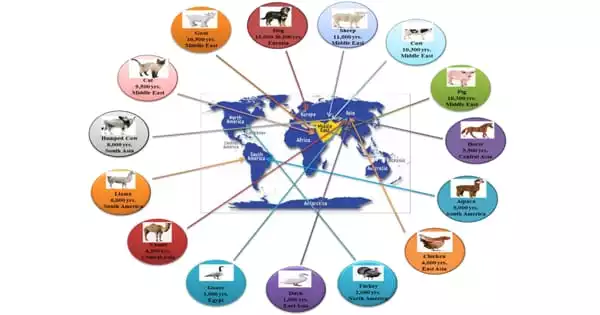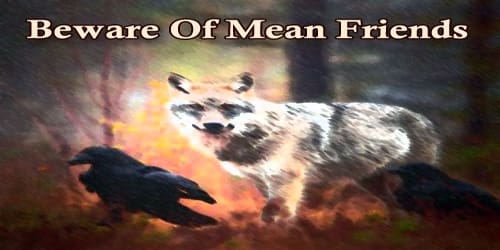Wild populations must adjust to environmental changes on a constant basis or face extinction. Scientists have been describing instances of ‘rapid evolution’ in specific populations for over fifty years, as their attributes (phenotypes) change in response to varied stimuli. For example, Spanish clover has developed a tolerance for copper from the mining tailings in which it grows, while trophy hunting has reduced the horn size of Alberta bighorn sheep. But, until now, no broad conclusions have been reached regarding how various causes (such as harvesting, climate change, invading species, or pollution) shape this rapid (now referred to as ‘contemporary’) evolution.
Building on previous research, a team led by McGill University has produced a vast new dataset containing about 7,000 examples of changing features in various populations around the world, ranging from house sparrows and gray wolves to freshwater snails and Canadian goldenrod. The dataset is 80 percent larger than any previously available and tracks characteristic changes caused by a combination of evolution and immediate (plastic) responses to the environment.
We discovered a minor but significant variation in rates of change between human disturbed and wild populations. Moreover, the most rapid rates of change are almost often linked with intense human disturbance.
Kiyoko Gotanda
Human disturbances affect evolution
“We’ve come a long way from the old view of evolution as a slow process to the point where we’re now realizing that everything is evolving all around us all the time,” says Andrew Hendry, a Professor of Biology at McGill’s Redpath Museum and a co-senior author on the paper published recently in Molecular Ecology.
The researchers were particularly interested in how different types of human disturbance influence phenotypic changes. “We discovered a minor but significant variation in rates of change between human disturbed and wild populations,” says Kiyoko Gotanda, co-senior author and Assistant Professor of Biological Sciences at Brock University, where the data is stored. “Moreover, the most rapid rates of change are almost often linked with intense human disturbance,” Hendry says.

Traditional evolutionary concerns, such as the origin of a trait, the limits of adaptive capacity, host–parasite–symbiont linkages, and pathogen evolution interactions, are increasingly being addressed in human biology and medicine, with the help of new experimental and theoretical techniques. Evolutionary medicine is a novel subject that emerged from the intersections of evolutionary biology, clinical medicine, and experimental biomedical disciplines.
Pollution has a significant impact on evolution
Analyses of the extended dataset reveal that human harvesting causes higher rates of change than non-human disturbances, and that added populations cause higher rates of change. Interestingly, the researchers discovered that pollution was responsible for the fastest rate of phenotypic change, with zinc tolerance in tufted hair grass, for example, increasing by 80 percent over 26 years. They also indicate that determining what constitutes a “natural habitat” is becoming more challenging, as climate change is likely to influence the majority of people.
“The key next question is how this recent transition affects populations, groups, and ecosystems, as well as nature’s contribution to people,” says first author Sarah Sanderson, a PhD candidate in Biology at McGill. “For example, we know that salmon have been shrinking during the previous century. This fall in body size of such an important fish has far-reaching consequences: birds, bears, and fish now have less to eat, Indigenous people must catch more fish every meal, and the payoff for commercial fishermen is reduced.”
“Similar impacts must definitely accompany many of the other characteristic changes reported in innumerable creatures around the world,” Hendry continues.
The majority of paleoanthropological and biological anthropological methods to understanding humanity are centered on the fossil record, biological impacts on human behavior, or human biological development. Many social anthropologists concentrate on human experiences, as well as the trajectories and settings of our lives as social and symbolic animals. Recent work in human evolution, on the other hand, highlights the integration of perspectives that destabilize such barriers by concentrating on the processes of becoming human within the context of a more integrative evolutionary framework.
















